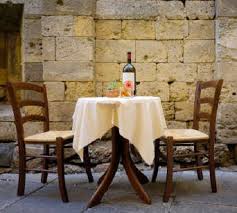Menachem Begin: Israel’s Most Jewish Prime Minister

Who can forget the 1978 peace treaty between Prime Minister Menachem Begin and Anwar Sadat of Egypt? Those of us without TVs in the house (no internet then) ran to neighbors to watch the signing ceremony on the White House lawn. We cried when Begin removed his yarmulke from his pocket to recite psalm 126, the Shir Hamaalot before benching – in Hebrew! This is the psalm that presages the return of the Jews to Eretz Yisrael, and Begin explained to the global audience that he had first learned it at his father’s table in Poland. He invited them to look it up in their English Bibles. What drama! What an emotional moment!
To most people under 60, the name Menachem Begin may as well be a part of ancient history. Ben Gurion is the famous one of Israel’s early days. Begin, with his diametrically opposing views, sat in the Knesset for years in seemingly permanent, albeit vocal, opposition. The Mapai Labor Zionists – a socialist, anti-religious, discriminatory (to Sefardim) party – ruled the government and dominated the society. The country was miserably poor and surrounded by implacable enemies.
Then, in 1977, in a surprise upset, Begin won the election and became prime minister. No head of the government before or since has been quite like Begin. He was one of a kind – a man of principle and resolve, steeped in Jewish tradition and feeling. In many ways, he changed the trajectory of Israeli history and laid the foundation for the strong and rich country we know today.
I want to review some incidents in his life which show the unique character of Menachem Begin so that we can have appreciation for one of the great leaders of our people.












